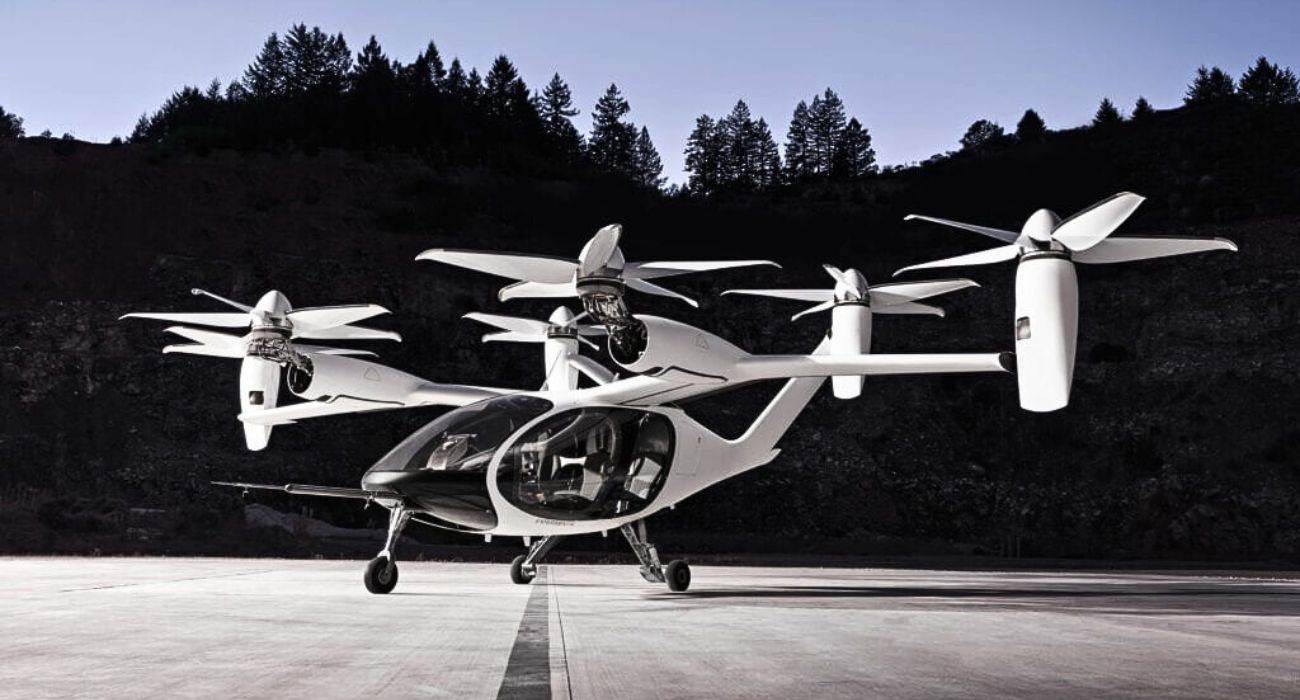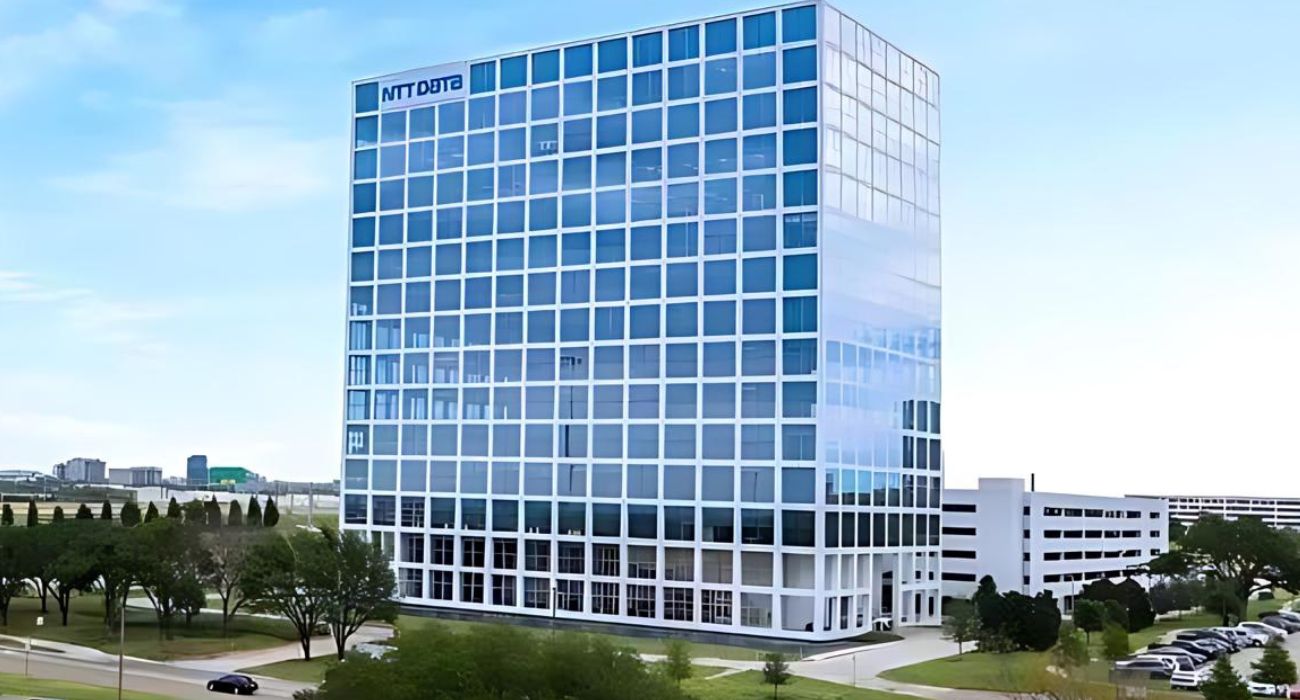Researchers are expecting the vertiport market to make significant gains by 2030.
The increasing value of the emerging market is predicted to grow alongside the already expanding electrical vertical take-off and landing (eVTOL) industry. Cities nationwide have already considered new ways to use eVTOLs and their accompanying vertiports for various purposes.
A new study published by SNS Insider, a market research company, postulates that the vertiport market will surpass $11.05 billion by 2030. The market held a value of $0.24 billion last year.
Researchers believe that the market will surge due to local governments increasingly recognizing technological improvements in operation and ability and how such improvements can make such vehicles more environmentally friendly.
“With an increasing focus on environmental sustainability, vertiports contribute to the reduction of carbon emissions in urban transportation,” reads the SNS report. “Electrically powered VTOL vehicles are inherently cleaner and more environmentally friendly than traditional modes of transportation.”
The study states that companies such as Aeroauto, Siemens, Anra Technologies, Airbus, and others are at the forefront of innovation in the industry. Mott MacDonald, in particular, announced earlier this year in October that it is collaborating with UrbanV to develop vertiports across the globe, noting that a study claimed the advanced air mobility market size would increase to over $45.12 billion by 2030, according to a company press release.
Companies and governmental entities are not the only driving forces behind the expected surge. People’s need for a more optimized travel system is also driving the new sector towards production and innovation.
“One of the primary drivers propelling the growth of vertiports is the escalating demand for efficient and sustainable transportation solutions in increasingly congested urban areas,” reads the SNS Insider study. “The pressing need to alleviate traffic congestion and reduce carbon emissions has prompted governments and private enterprises to invest significantly in the development of vertiport infrastructure.”
However, some contend that vertiports may not fit well into urban design settings. Marc M. Cohen, an architect and president of astrotecture at Space Architect, had previously written a report stating that land cost, land-use planning, zoning, and more could be barriers to integrating vertiports into urban environments.
In the Lone Star State, Arlington and Overair recently entered into the “first-ever direct partnership” between a Texas city and an eVTOL company to develop vertiports for rideshare purposes, as previously reported by The Dallas Express.






